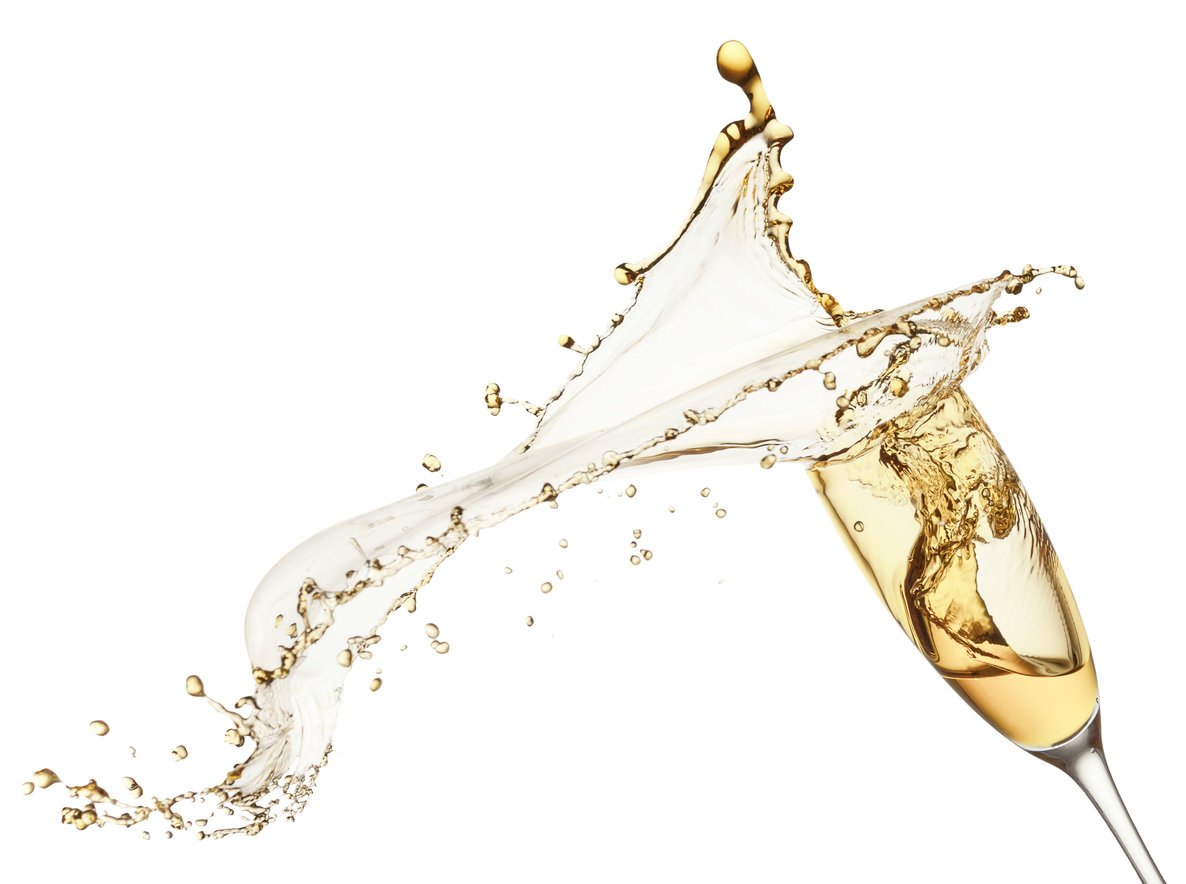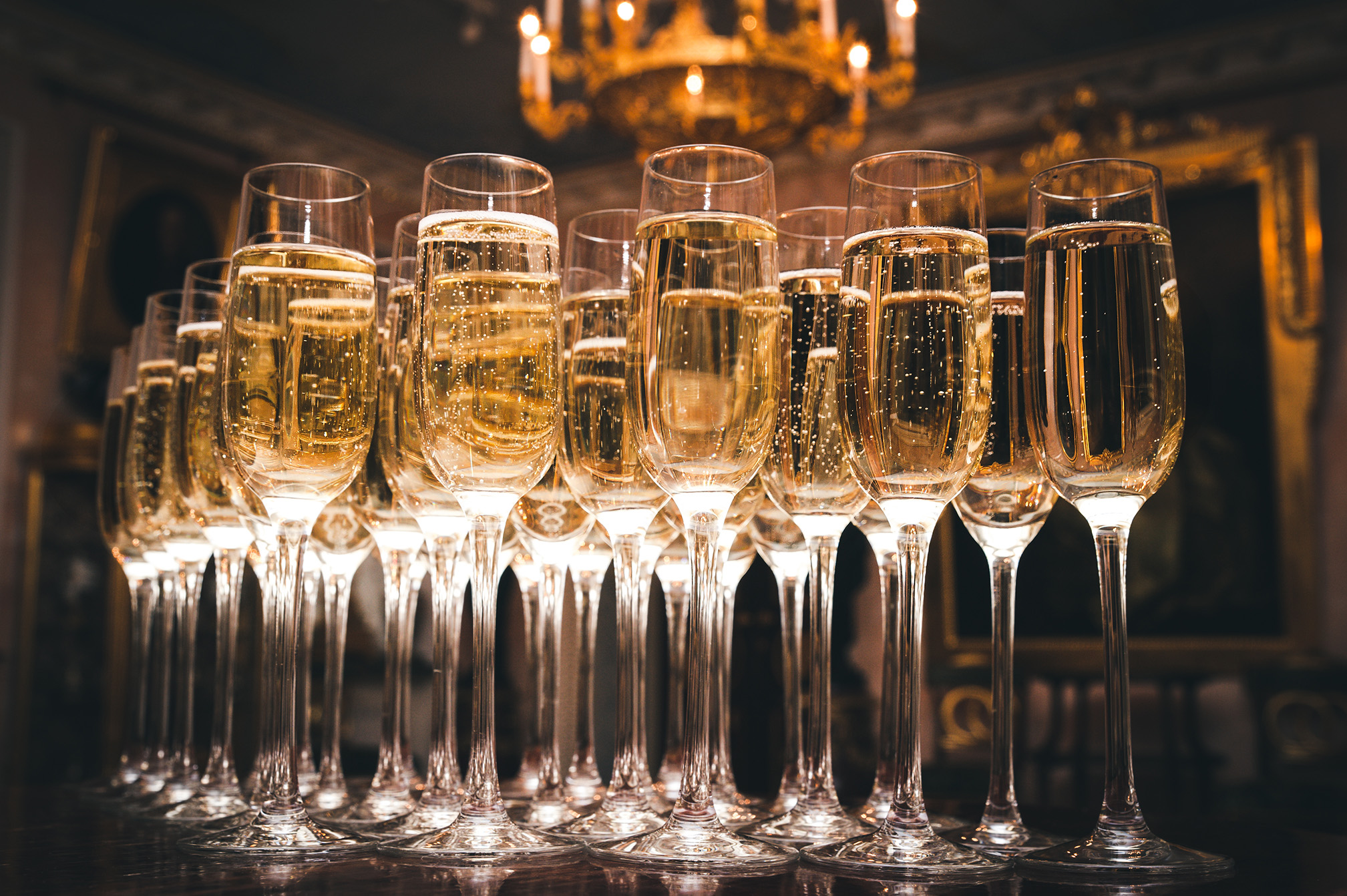CHEERS | WINE - Sparkling Wine

Fizzy Therapy
Sparkling wine, specifically the South African version of Champagne, Cap Classique, continues to improve, impress and fly off the shelves with sales up 12% year-on-year.

It’s a category of wine that has only just celebrated more than 50 years of existence but it is massively popular among consumers and which continues to grow every year. Credit for this growth should be given to the dynamic and effervescent group of producers who banded together to form the Cap Classique Producers Association in 1992, just 21 years after the first ever bottle-fermented sparkling wine, Simonsig Kaapse Vonkel, was made in 1971.
Cap Classique is South Africa’s equivalent to Champagne. It’s made by the same method but because of geographical protection laws, no other producing area worldwide may call their bottle-fermented sparkling wine by the same name. Champagne may only be labelled as such when it is indeed from the Champagne region in northern France.
Needing an alternative, the local producers came up with Methòde Cap Classique so that consumers could ascertain that it was made according to the traditional method (Methòde Classique) but that it was also proud of its own geographical location in Cap – or “from the Cape”. Cap Classique is the easy to remember catch all description of these fizzy wines which undergo a secondary fermentation in the bottle.
What sets this producer organisation apart is that its members are always ratcheting up the quality bar, constantly striving to improve techniques and quality to better serve the consumer. The latest example of this is that wine legislation has been changed to ensure that any wine wanting to be recognised and certified as a Cap Classique has to undergo a minimum full year on the lees*. This was made mandatory with the 2023 vintage.

Head of the Cap Classique Producers Association, Pieter Ferreira, cellar chief at Graham Beck, said the significance of this legal amendment was that “it’s an important differentiator because it recognises the additional investment producers make in pursuit of higher quality. South African Cap Classique is internationally recognised for its quality precisely because of the strict regulation that governs its production, but also as a result of the investment wineries make to push the envelope.” Ferreira said the changes to the legislation acknowledge the efforts to improve quality across the board.
That South Africa is being recognised for Cap Classique is becoming more and more obvious. International wine critic and Master of Wine Tim Atkin tasted and rated 121 local bubblies among the few thousand wines for his annual South African report, published a few months ago.
“[It’s] a record haul for fizz,” Atkin wrote. “South Africa’s Cap Classique bubblies are increasingly impressive… No wonder sales are growing by 12% per annum.” Naturally, Ferreira celebrated this acknowledgement.
“South Africa’s first Cap Classique was released in 1971, just over 50 years ago. That is relatively young. So, to receive recognition for such a broad selection of these wines speaks volumes of the resilience and persistence of our industry and its pursuit of world-class quality,” he said. “It’s a great achievement and most certainly deserves more than a few corks to be popped in celebration!”
And he wasn’t just saying that because a wine he made for Graham Beck, the prestige bottling Cuvée Clive was singled out for high praise and the top score of 97 points! As Atkin wrote: “One of the best-ever releases of Cuvée Clive, the 2018 wouldn’t look out of place in a lineup of prestige bubblies from Champagne… World class.”
Pronouncing himself impressed by the stylistic diversity, increasing number of regions where Cap Classique is produced and the growing use of different grape varieties and techniques, Atkins said the wines show “complexity, balance and finesse”. Significant factors in the rapid quality improvement was the willingness of producers to use different grapes, to experiment with grape clones and vineyard sites as well as the fact that the vines were gaining maturity, along with the experience of the winemakers. That thirst for knowledge, desire to continually improve and try new things has seen the category go from zero 52 years ago to gold medal winning hero.
Atkin’s Sparkling Wine Discovery of the Year was also from Graham Beck’s specialist bubbly cellar in Robertson, the 2009 Graham Beck Artisan Collection Extra Brut 157. “Rich, dense, layered and complex, it's a brilliant small-volume cuvée…,” he wrote. Other wines singled out for top ratings in his report included the 2014 vintage of Franschhoek producer Le Lude’s Venus Brut Nature which scored 95 while boutique producer John Loubser of Silverthorn in Robertson rated 96 for the 2018 Silverthorn Jewel Box and 95 for The Green Man 2017 in magnum.

Interesting to note that when it came to Best Value Sparkling Wine of the Year, Atkin opted for the non-vintage KWV Laborie Brut from Paarl. It was no coincidence that in September, Laborie was named the overall winner of the 2023 Amorim Cork Cap Classique Challenge with the 2017 Blanc de Blanc. Other top performers in this particular annual event which has an enviable 22 year track record were Domaine des Dieux from the Hemel en Aarde valley with its Claudia 2017 that was judged the best Brut style. Stellenbosch’s Louisvale Rosé non-vintage was deemed the top Rosé while Plettenburg Bay’s Newstead won respect and acknowledgement as the best extended aged Cap Classique with its 2016 Blanc de Blanc. Recognition for the exploding sweeter Nectar category champ saw Darling Cellars’ 2020 crowned the Best Nectar.
Praising the overall high quality, the panel convenor and bubbly specialist, Cape Wine Master Heidi Duminy said: “We have much to celebrate in the Cap Classique category on the whole as more producers are reaping the reward of patience with an obvious elevation in complexity with time on the lees balanced by frisky fruit attitude and intricate fine bubbles.
“Our enduring impression on this year's entries was very positive, with excitement about the continued development of a true South African identity in the various styles and expressions of Cap Classique. The bar has been raised.”
With the festive season close at hand and many a bottle of bubbly on the shopping list for both Christmas and New Year celebrations, the final word goes to Tim Atkin again. It’s a comment which would have probably gladdened the heart of producers most: “What’s more, these wines are mostly sold at approachable prices. There has never been a better time to drink Cap Classique wines.”
* Lees is the sediment of dead yeast cells which remain in the wine after fermentation. Since Cap Classique undergoes a second fermentation in the bottle in order to impart the fizz or bubble of captured carbon dioxide gas, this is an important part of the production process.
